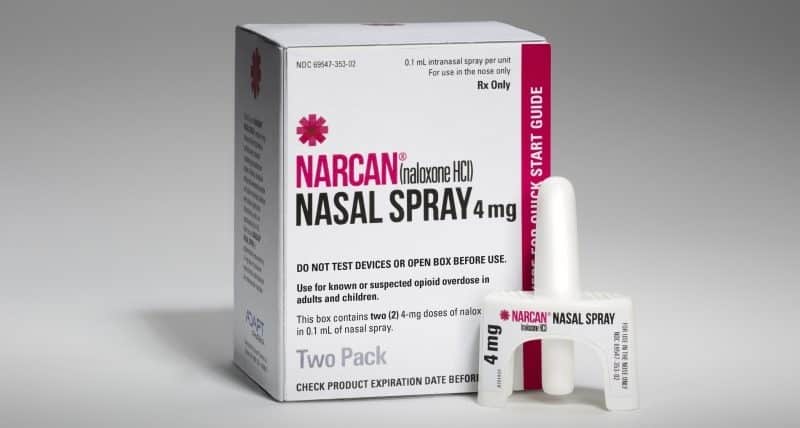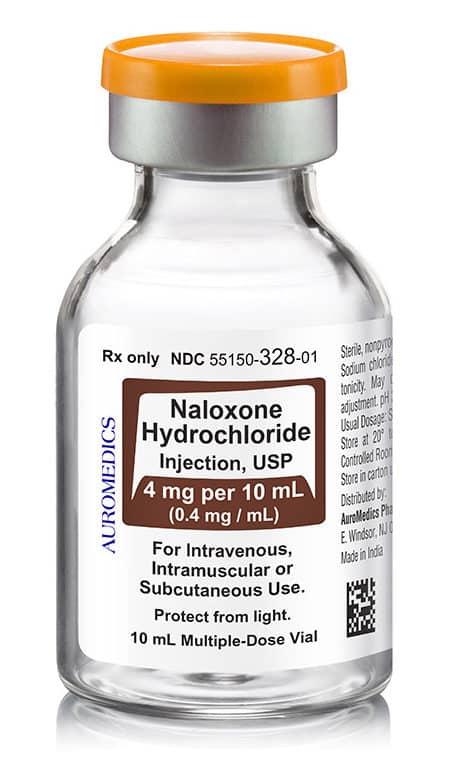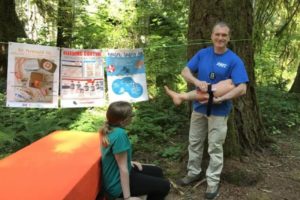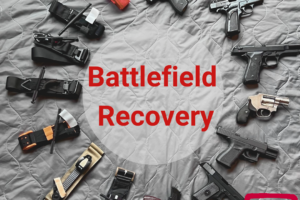
Opioid Reversal: why you should care
- Posted by Mike Shertz MD/18D
- Categories More

🕖 Reading Time, 4 minutes
In 2002, 40 to 50 heavily armed Chechens stormed the Dubrovka Theater in Moscow, taking 850 hostages. Ultimately Russian FSB retook the theater after deploying an “unknown” gas which rendered everyone in the theater unconscious. 130 hostage deaths occurred from the gas. Though never fully acknowledged by Russia, the gas was felt to be a mix of halothane (an inhalation anesthetic) and carfentanil or remifentanil, both synthetic opioids. Many of the hostages who died were felt to have been opioid overdosed. Many likely asphyxiated from poor airway positioning and the receiving hospitals having no idea what agent had been used or what they were treating.1
The use of opioids like hydrocodone, oxycodone, morphine, heroin, and fentanyl cause pinpoint pupils, and both central nervous system, and respiratory depression. Medically, this is known as the “opioid toxidrome.” In higher doses, these effects can be fatal. Fentanyl is 100 times stronger than morphine. Currently, the CDC claims that 75% of opioid drug overdose deaths in the US are caused by fentanyl use.2
Naloxone (trade name Narcan) was first synthesized in 1961 and has been widely used by EMS for decades. It is an antagonist to the mu receptor where opioids exert their effect. Essentially it “reverses” the effect of the opioid on the body. In those who are opioid-dependent, this can lead to immediate and drastic withdrawal symptoms. Though very uncomfortable, they are rarely life-threatening.
“Dosing of naloxone is based on the goal of restoring adequate respiratory function while minimizing the risk of withdrawal symptoms.” 3 Naloxone facilitates the survival of the opioid overdosed patient from their ingestion, without experiencing significant withdrawal which can trigger violence and frequently a refusal to be transported to the emergency department. We achieve this in EMS by using low doses of naloxone, frequently 0.4 to 0.5 mg IV (2mg IM or IN).
However, with the increased potency of fentanyl and the more recent appearance of carfentanil as a drug of abuse, there is concern it might take much larger doses of naloxone for reversal of these agents. Carfentanil is a large animal tranquilizer/opioid, 100 times stronger than fentanyl. Some have suggested 6 to 8 mg IM as an appropriate naloxone dosing for carfentanil overdose.

Patients who overdose and receive IN naloxone are 2.17 times more likely to need additional doses compared to receiving naloxone by other routes. 4 This led to the CDC approving 4 mg IN doses of naloxone for public use.
Interestingly, naloxone administered to non-opioid-dependent individuals causes absolutely no symptoms until at least 1 mg/kg are given. 5
What does all this mean? If you were giving naloxone to an opioid overdose and you thought they had the potential to be opioid-dependent, start low. If you don’t think they are opioid-dependent, but somehow still opioid overdosed, like casualties from the Dubrovka theater, I would seriously consider a higher than usual dose of naloxone. In either case, if they didn’t respond to traditional naloxone dosing, either they overdosed with a strong synthetic opioid or you have the wrong diagnosis.
Notes:
Dr. Mike Shertz is the Owner and Lead Instructor at Crisis Medicine. Dr. Shertz is a dual-boarded Emergency Medicine and EMS physician, having spent over 30 years gaining the experience and insight to create and provide his comprehensive, science-informed, training to better prepare everyday citizens, law enforcement, EMS, and the military to manage casualties and wounded in high-risk environments. Drawing on his prior experience as an Army Special Forces medic (18D), two decades as an armed, embedded tactical medic on a regional SWAT team, and as a Fire Service and EMS medical director.
Using a combination of current and historical events, Dr. Shertz’s lectures include relevant, illustrative photos, as well as hands-on demonstrations to demystify the how, why, when to use each emergency medical procedure you need to become a Force Multiplier for Good.



